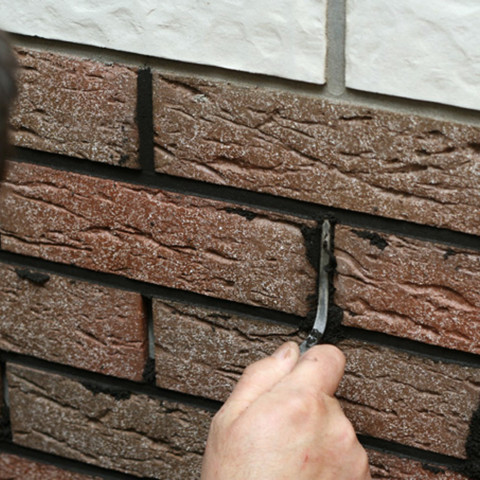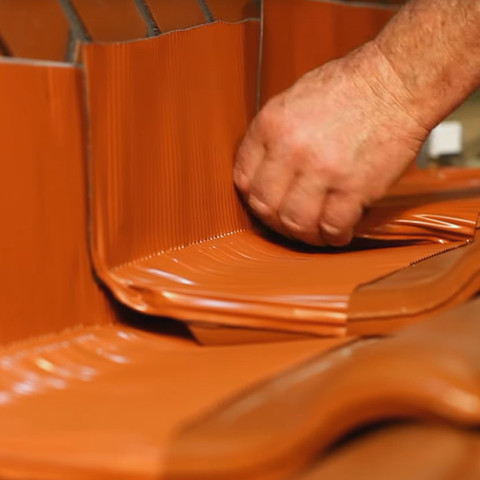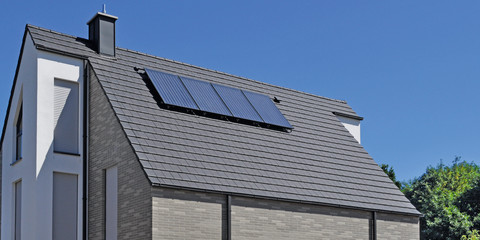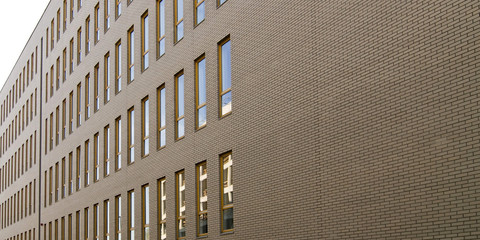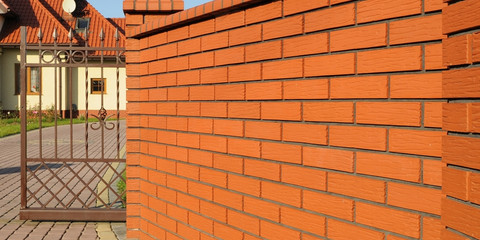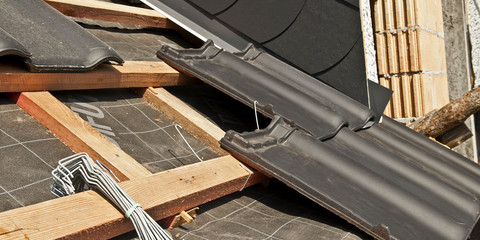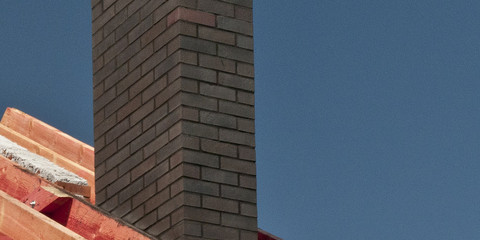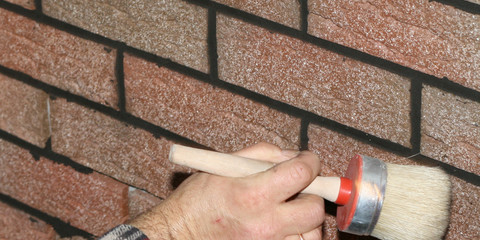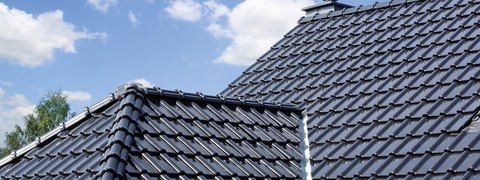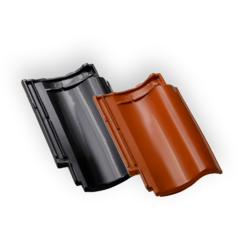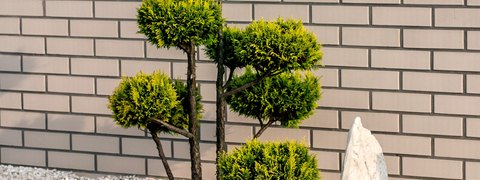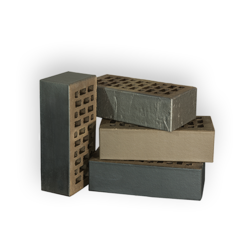Stages of the three-layer wall construction
In the first case, its construction is based on the construction of three layers: bearing, insulation and curtain wall, before even the roof is made. The second method involves the division of work into two stages.
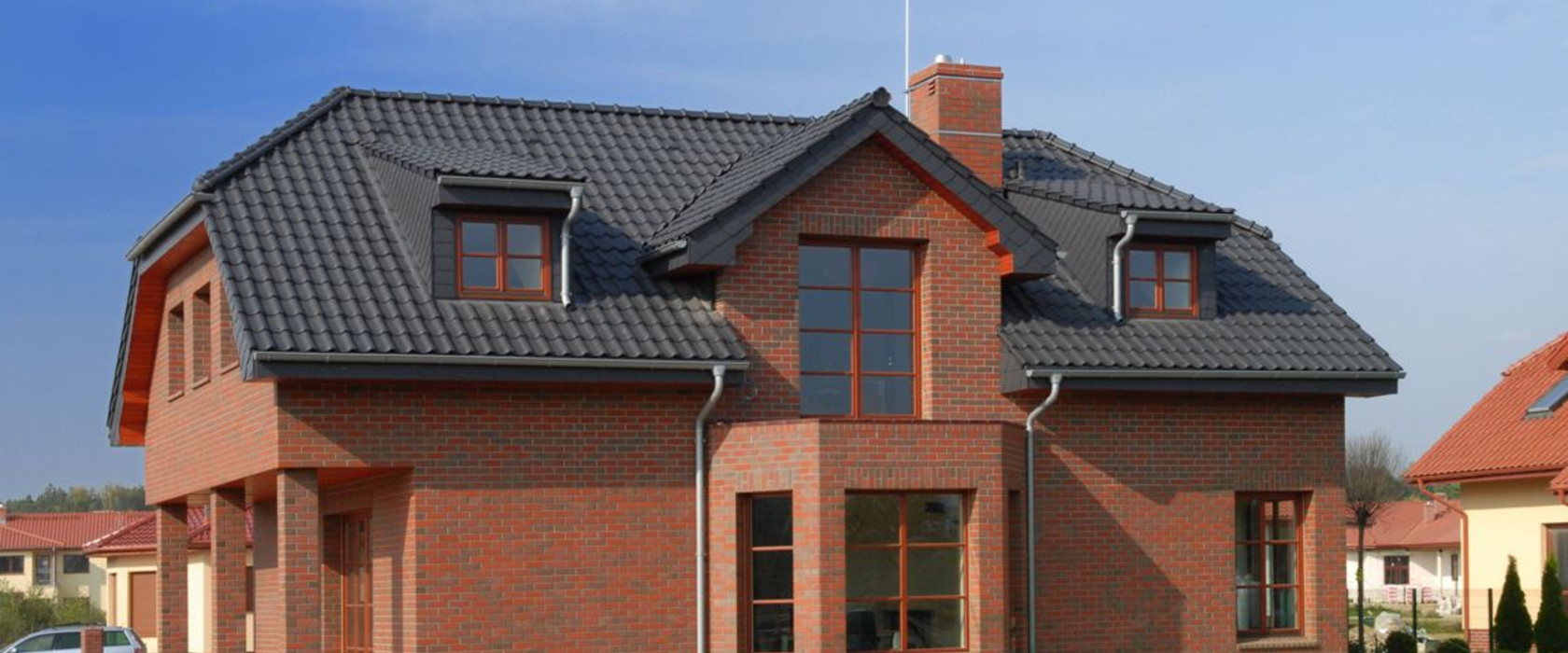
At the beginning, the bearing layer is being laid, and only after the building is covered with the roof, the insulating material is added and the brick façade is made. The façade bricks and hollow bricks are connected by so-called anchors, which are laid during the construction of bearing walls. The choice of a given technique for constructing a three-layer wall depends solely on the contractor's decision. Usually, there are no guidelines or contraindications imposing a one- or two-stage method. However, the recommended solution is to divide the construction into two stages, which involves building the curtain layer when the house shell has already been made. Why? The built roof will protect the insulating material, i.e. wool, from soaking with water during construction.
During the application of the wool and building the curtain wall, moisture and rainfall may weaken the properties of the insulating material.
In the event that the wool gets wet, wait until it is dry – it usually takes a considerable amount of time. It is a mistake to apply moisture-soaked wool, because stains may appear later, and there is a risk of mildew. Covering the entire structure with a roof allows to minimize this problem. Another argument in favor of the two-stage method is the protection of face brick or clinker against damage that may occur during the roof construction works. Filling the ceiling with concrete always poses a risk of splashes on the façade. This generates unnecessary cleaning costs, and it can also happen that it will not be possible to clean the clinker. When you build a curtain wall after the roof construction is finished, you avoid this risk.
